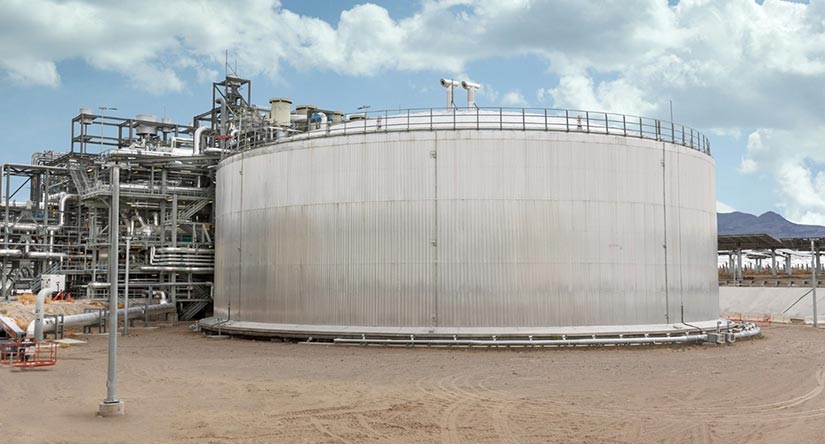
High-efficiency options for storing renewable energy include thermochemical energy storage
Pumped hydro storage is one of the most established and largest-capacity energy storage technologies. It works by pumping water to a higher elevation during periods of low demand and releasing it to flow downhill through turbines to generate electricity when demand is high.
READ MORE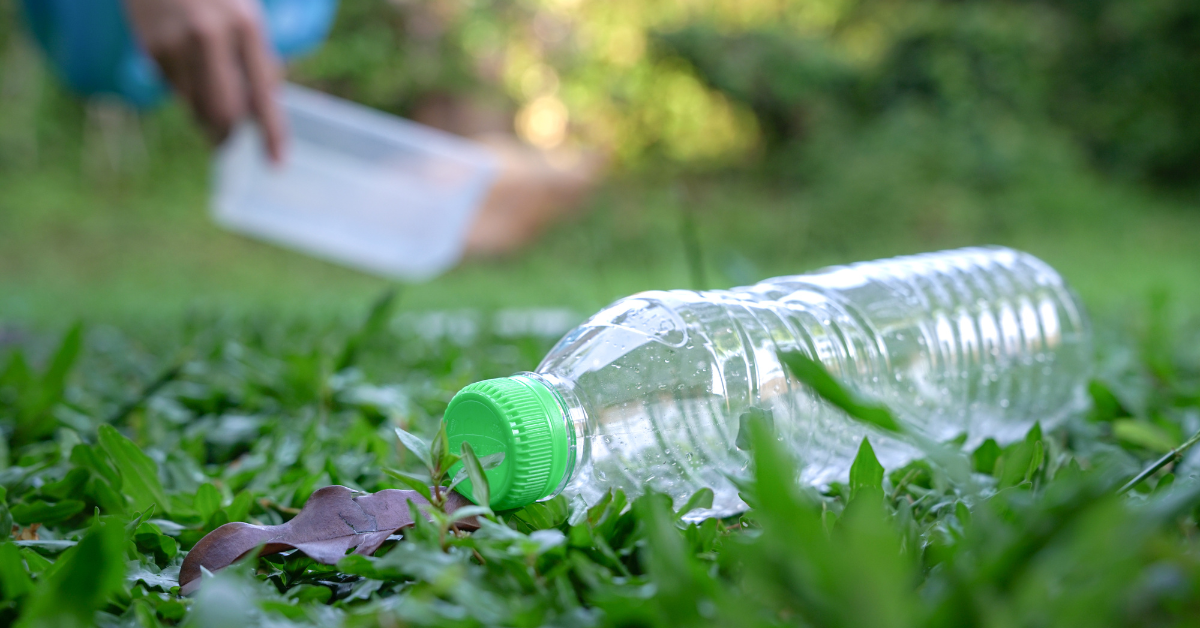
Thermochemical Recycling: Advancing the Circular Plastics Economy
Thermo-chemical processes break down waste materials into smaller building blocks. Pyrolysis, for example, operates without oxygen, converting plastic waste into chemicals or valuable feedstock that can replace fossil fuels in the production of new plastic.
READ MORE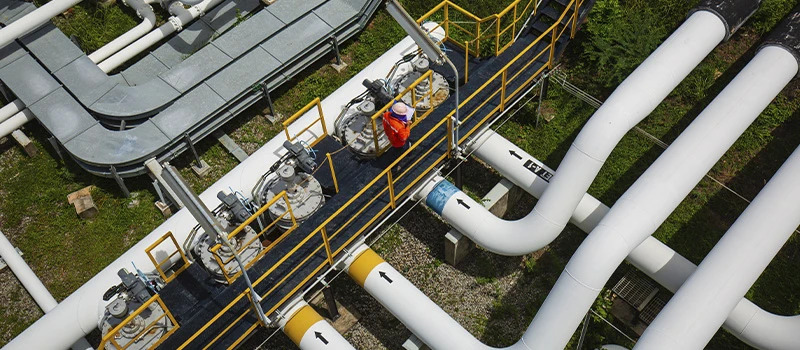
Testing of improved thermochemical storage in a real environment
The working pairs of materials incorporated in thermochemical energy storage system including silica gel/water, magnesium sulfate/water, lithium bromide/water, lithium chloride/water, and NaOH/water have been considered the most prominent materials for achieving increased heat storage capacity.
READ MORE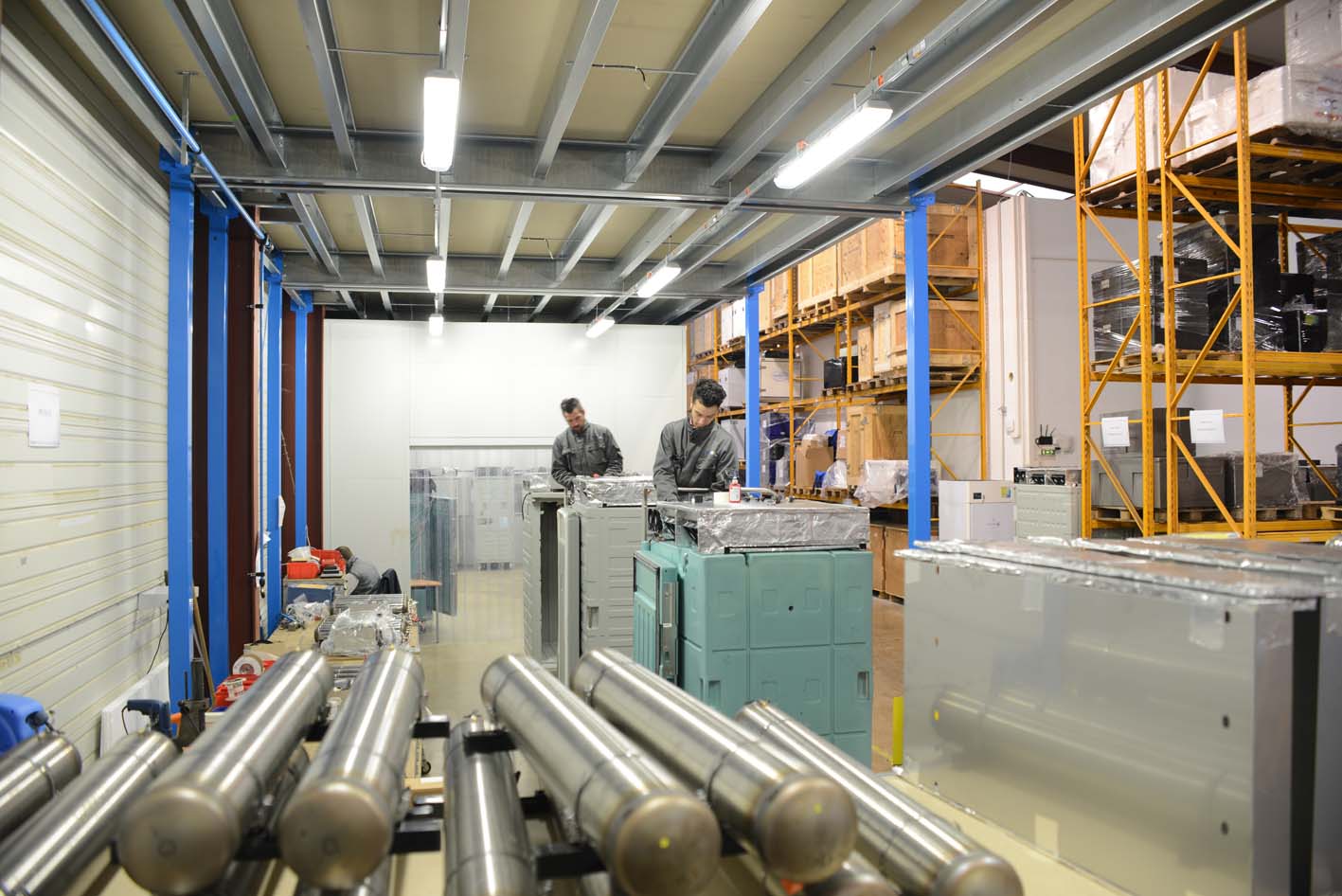
Thermochemical conversion of municipal solid waste into energy and hydrogen
The conventional approach for energetic valorisation of waste is direct combustion or incineration. Besides incineration more advanced thermochemical approaches, such as pyrolysis, gasification and plasma-based technologies, have been developed since the 1970s.
READ MORE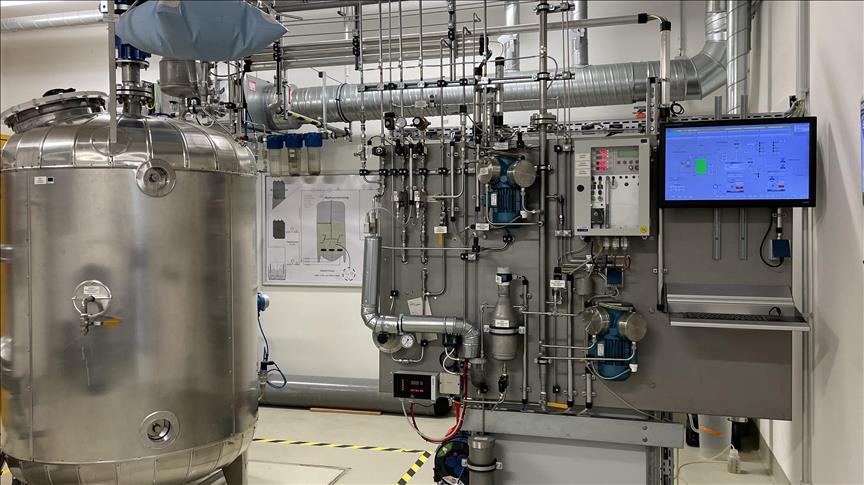
A thermochemical pathway for making green hydrogen, syngas and CO
OMC Thermochemistry seeks to commercialize a thermochemical pathway that uses heat and globally abundant materials (steel and aluminum) in a readily scalable fluidized bed reactor to split water to make green hydrogen, reduce CO2 to make CO, or co-feed water and CO2 to make syngas.
READ MORE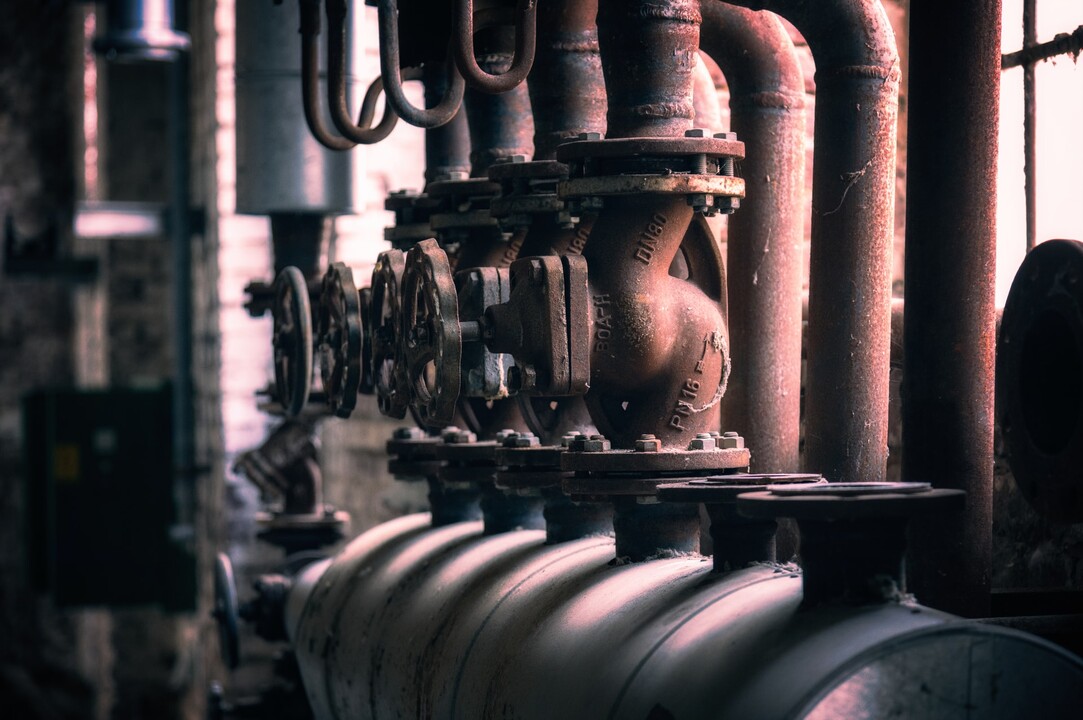
Thermochemical Energy Storage for High-Temperature Concentrating Solar
This type of thermal energy storage can be associated to concentrating solar thermal power plants (concentrated solar power, CSP) for continuous electricity generation, or more generally to any type of industrial processes requiring high-temperature process heat (e.g., chemical industry, cement production, metallurgy.
READ MORE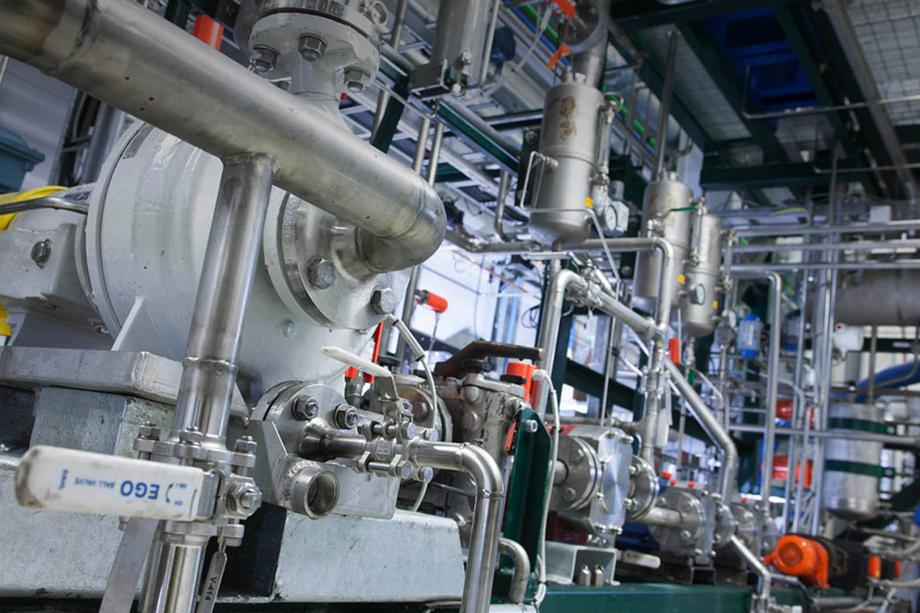
Thermochemical Water Splitting by Ceria
Ceria is heated to 1000°C and releases oxygen to form the non-stoichiometric oxide CeO2-δ. The oxygen deficient material is cooled down in the presence of water vapor. In order to return to the stoichiometric state, CeO2, the material takes the oxygen atom from the water molecule, thus forming hydrogen gas.
READ MORE
Thermochemical Cycle
Thermochemical cycles decompose water into hydrogen and oxygen using heat and a series of chemical reactions in a closed cycle. They are advantageous to direct one-step thermal water decomposition due to their ability to achieve water splitting at much lower temperatures.
READ MORE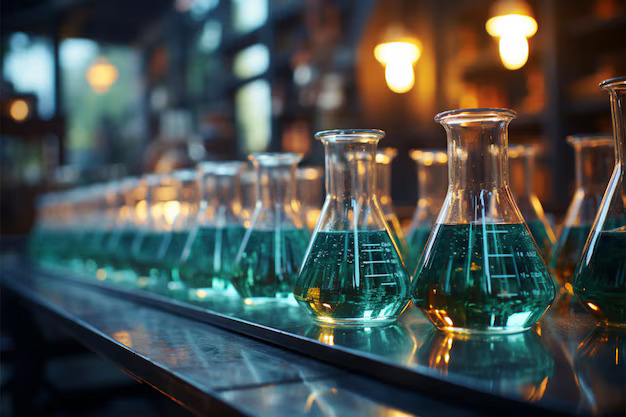
10 Examples of Thermochemistry
Thermochemistry is the branch of physical chemistry that studies the heat energy changes in chemical reactions. It plays a crucial role in understanding the energetics of reactions and has wide-ranging applications in various scientific and industrial processes. In this article, we’ll explore 10 common examples of thermochemistry.
READ MORE